Stainless Steel vs. Aluminum vs. Tinplate Cans: Which Metal Packaging Is Right for You?
Jun 13, 2025
In today’s competitive packaging market, metal containers are gaining popularity for their sustainability, excellent sealing properties, and durability. Among them, stainless steel, aluminum, and tinplate cans are the most widely used materials.
But what sets them apart? And how do you choose the best option for your product? This article provides a comprehensive comparison of these three materials, covering their features, pros and cons, and recommended use cases.
1. Overview of the Three Metal Packaging Materials
-
Stainless Steel Cans
Made from chromium and nickel alloys, stainless steel offers exceptional corrosion resistance and strength. It is ideal for high-end, reusable packaging such as in medical devices, thermal containers, or luxury cosmetics.
-
Aluminum Cans
Lightweight and naturally resistant to oxidation, aluminum is widely used in beverage cans, aerosol cans, and cosmetic containers where portability and sustainability are priorities.
-
Tinplate Cans
Also known as tin-coated steel, tinplate combines a steel base with a thin layer of tin for rust protection. It is cost-effective and highly printable, making it the go-to choice for food, tea, and gift tin packaging.
2. Performance and Application Comparison
| Feature |
Stainless Steel Can |
Aluminum Can |
Tinplate Can |
| Reference Products |
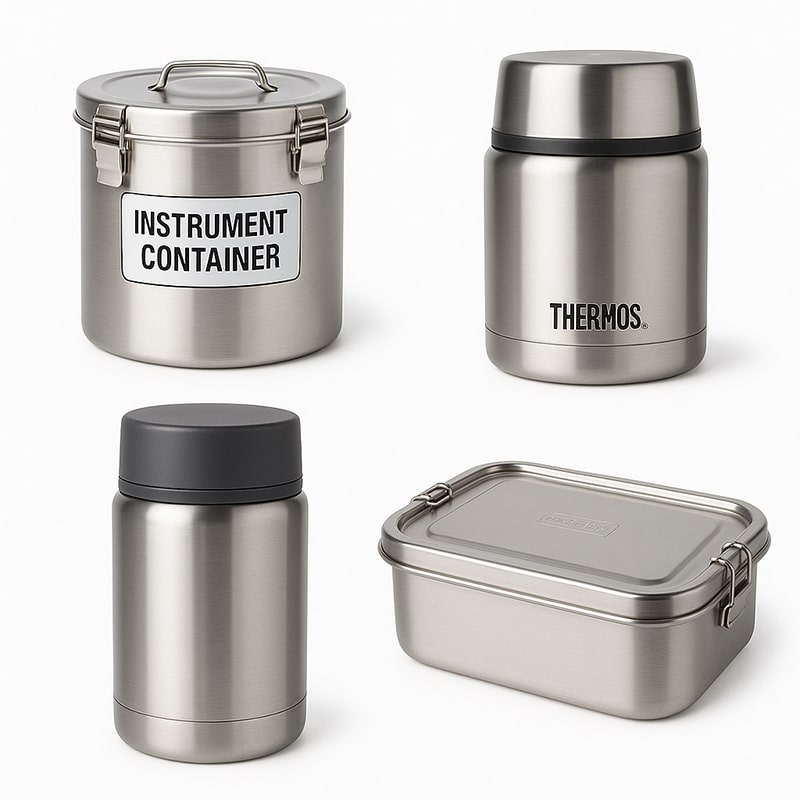 |
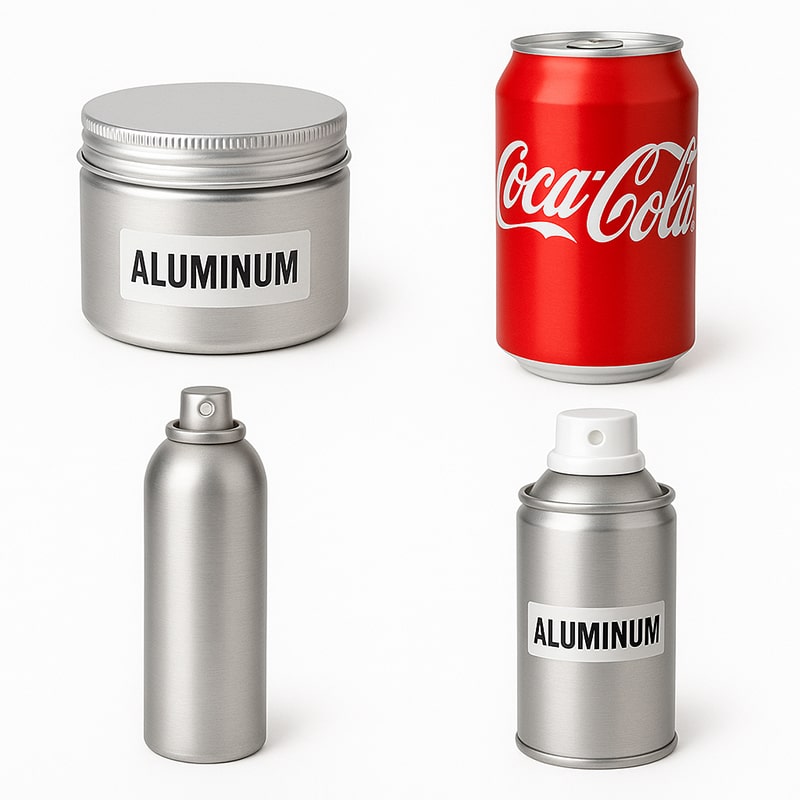 |
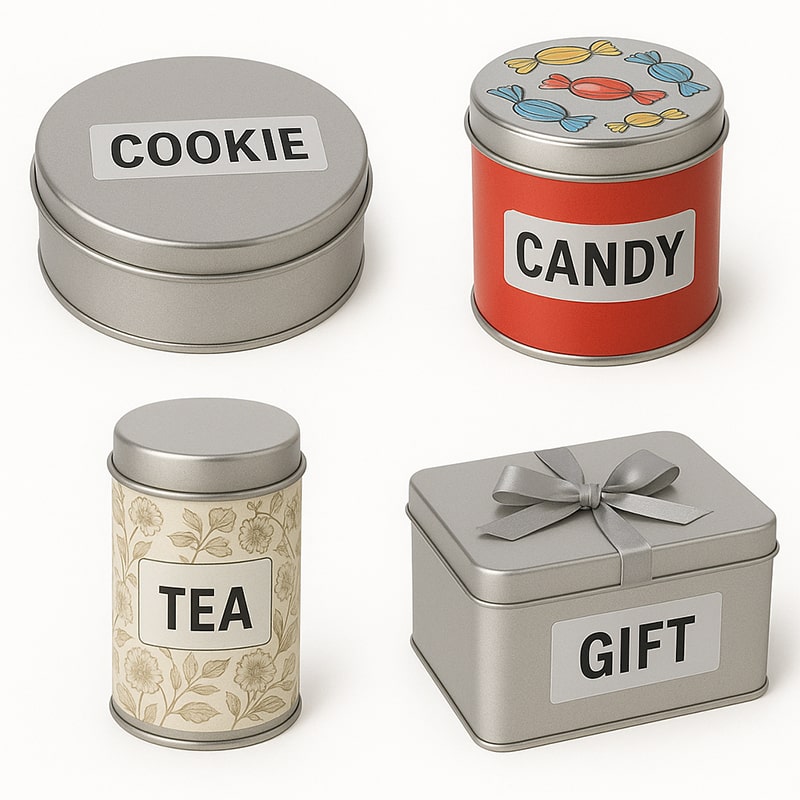 |
| Weight |
Heavy |
Light |
Moderate |
| Common Plate Thickness |
Food Cans: 0.20 – 0.50 mm
Pharmaceutical: 0.30 – 0.60 mm
Industrial Buckets: 0.80 – 2.00 mm
Pressure Vessels: ≥2.00 mm
|
Beverage Cans: 0.09 – 0.12 mm
Food Cans: 0.15 – 0.25 mm
Cosmetic Cans: 0.20 – 0.30 mm
Industrial Bottles: 0.30 – 1.00 mm
|
Food / Tea Cans: 0.20 – 0.28 mm
Stationery Cans: 0.25 – 0.30 mm
Industrial Trays: 0.28 – 0.35 mm
Custom Gift Tin: 0.20 – 0.30 mm
|
| Corrosion Resistance |
Excellent |
Good |
Moderate (requires coating) |
| Strength |
Very strong |
Prone to denting |
Moderate |
| Cost |
High |
Medium |
Low |
| Recyclability |
✅ Recyclable |
✅ Recyclable |
✅ Recyclable |
| Printability |
Limited (brushed/mirror finish) |
Good (anodized finishes possible) |
Excellent (supports full-color print & embossing) |
| Sealing Performance |
Excellent |
Good |
Good |
| Common Uses |
Medical containers, insulated jars, luxury packaging |
Beverage cans, sprays, cosmetics |
Food tins, candy boxes, tea tins, gift packaging |
| Mass Production Suitability |
Not suitable (high cost) |
Suitable |
Highly suitable |
3. Advantages & Disadvantages Comparison
| Material |
Picture |
Advantages |
Disadvantages |
| Stainless Steel |

|
- Superior corrosion and heat resistance
- Highly durable and reusable
- Premium look for luxury products
|
- Expensive- Heavier
- Less ideal for disposable or high
- volume use
|
| Aluminum |
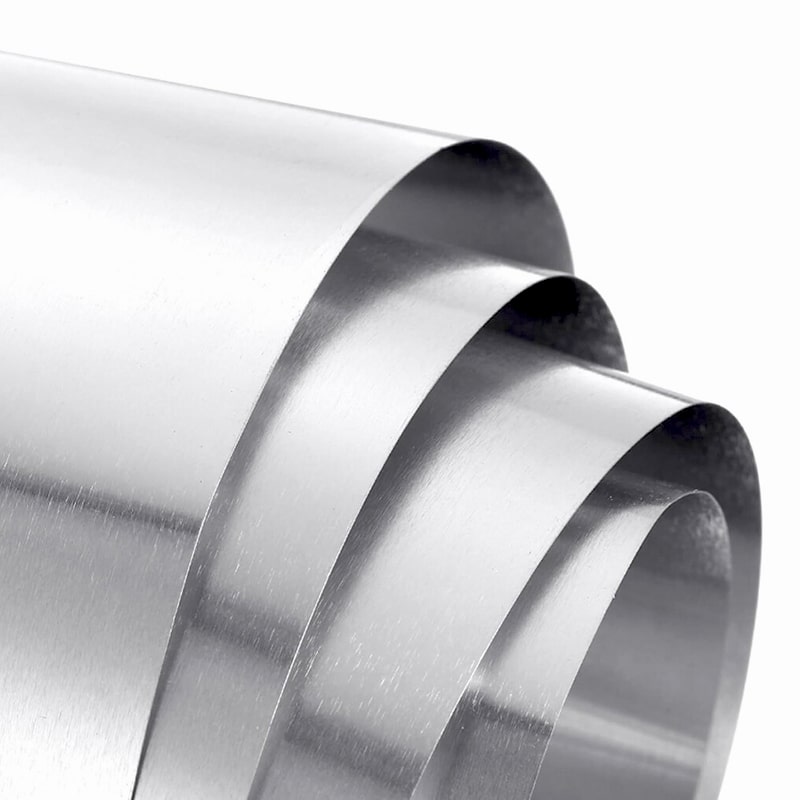
|
- Lightweight and portable
- Rustproof and recyclable
- Great for eco-conscious designs
|
- Easily deformed
- Higher cost than tinplate
- Limited printing effects
|
| Tinplate |
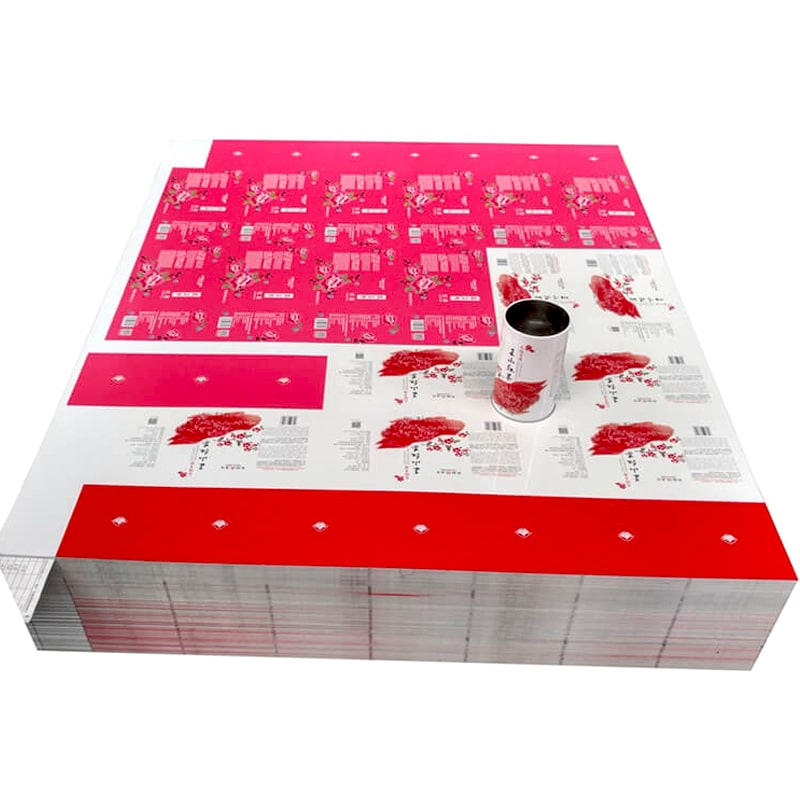 |
- Cost-effective and ideal for mass production
- Excellent for printing and decorative finishes
- Food-safe coatings available
|
- Average corrosion resistance
- Needs protective coating
- Not suitable for wet or highly corrosive environments
|
4. Selection Guide: Which Material Should You Choose?
| Packaging Need |
Recommended Material |
Why It’s a Good Fit |
| Premium, luxury appearance |
Stainless Steel |
High-end aesthetics and durability for long-term use |
| Lightweight, eco-friendly |
Aluminum |
Light, recyclable, and perfect for portable or disposable products |
| Cost-effective customization |
Tinplate |
Great printability, affordable, and ideal for bulk manufacturing |
Summary
Each type of metal can offers unique advantages. The best choice depends on your product's needs, market positioning, and budget.
-
Want a durable, high-end feel? Go for stainless steel.
-
Need lightweight and recyclable packaging? Aluminum is your friend.
-
Looking for cost efficiency and strong branding potential? Tinplate is the top choice.
If you’d like to explore custom sizes, printing options, or get a free sample, feel free to contact our team—we’re here to help with your packaging needs.

